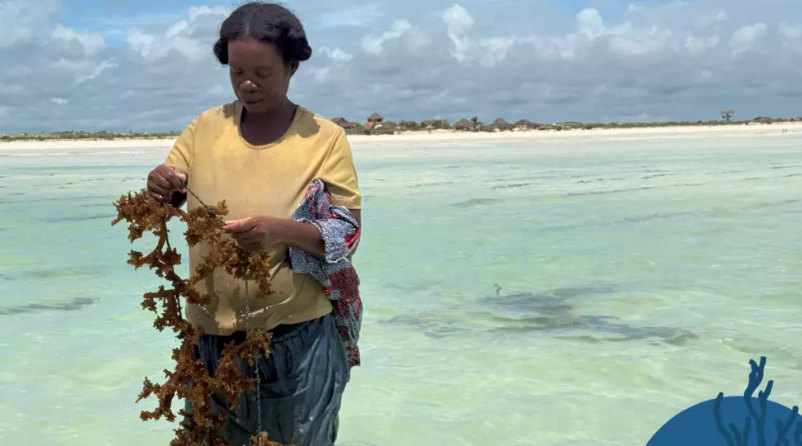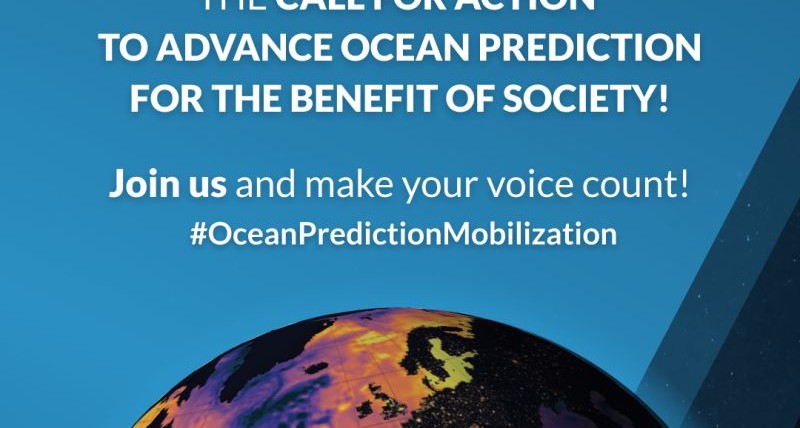From May 5 to 9, 2025, Victoria, Canada, will host the International Seaweed Symposium, a global gathering of seaweed stakeholders, including researchers, industries, and producers. Madagascar is also participating in this event. It is on the island of Madagascar that a unique research project has been underway for the past two years to revitalize seaweed farming at a research laboratory located in Tuléar, in the southern part of the country.
From Our Correspondent Returning from Tuléar
The Kappaphycus is the name of this seaweed, highly valued for its carrageenan, a biopolymer used in the agro-industry, pharmaceuticals, and cosmetics. « Are there already bacteria on the seaweed? » asks Thomas to his colleague Borello. « Yes, there are already, » Borello responds. « Where? Can I see? »
In their hatchery in Tuléar, Thomas and Borello inspect the thirty aquariums where seaweed with strikingly different genetic backgrounds are growing. It’s the aquarium number 22 that suddenly catches their attention. The seaweed growing there exhibits interesting morphological characteristics. « Borello, these cuttings, they’re the babies of the seaweed harvested from Tsiandamba in 2023. They’re growing incredibly well, aren’t they? » Thomas observes. « Yes, it’s a success. They seem healthy, and they’re really big, » Borello agrees. « I also think they have a very smooth texture. »
These « baby seaweeds, » as Thomas Picart, the Deputy Director of Ocean Farmers and a pioneer in seaweed farming on the island, refers to them, are already a year old in their aquarium. « Today, we can see that this seaweed exhibits all the traits we’re looking for: it has a very good growth rate, it’s healthy, it produces a lot of mucus, and it develops many branches. So, this is a specimen we’re going to be ambitious with. We believe there’s real potential to turn it into a variety that will be suitable for cultivation with farmers. »
« Testing a Lot to Find the Rare Gem »
The seaweed is already being tested in the open sea. Researchers are hopeful that by the end of 2025, they will have enough data to begin working with the selected strains. The reason scientists are interested in this living organism is that over the years, the vegetative reproduction of the seaweed, a kind of infinite cloning, has led to the depletion of its genetic stock, significantly reducing its productivity.
« One solution we’ve been considering, » explains Thomas Picart, « is to look for wild local strains and also reintroduce genetic diversity. This will help enhance the resilience of the seaweed in general, against diseases, growing conditions, and the effects of climate change. So, very naturally, as in any animal or plant population, the more genetic diversity you have, the better results and resilience you’ll get, » the laboratory director elaborates. « Now that sea testing has started, we’re going to carry out a sort of ‘mass selection.’ We need to reproduce many individuals and test a lot of them before finding the rare gem—the high-performing individual. We think it will take about two to three more years. »
A Scientific Project Funded by the Global Seaweed Coalition
The results will be shared with all stakeholders in the sector to strengthen seaweed production nationwide and develop a 100% Malagasy seaweed strain that can be cultivated in the country’s seaweed farms, thereby replacing the imported strain from Tanzania. The goal: to influence the global seaweed market and multiply the plant’s production by ten by 2030.
Source: RFI




